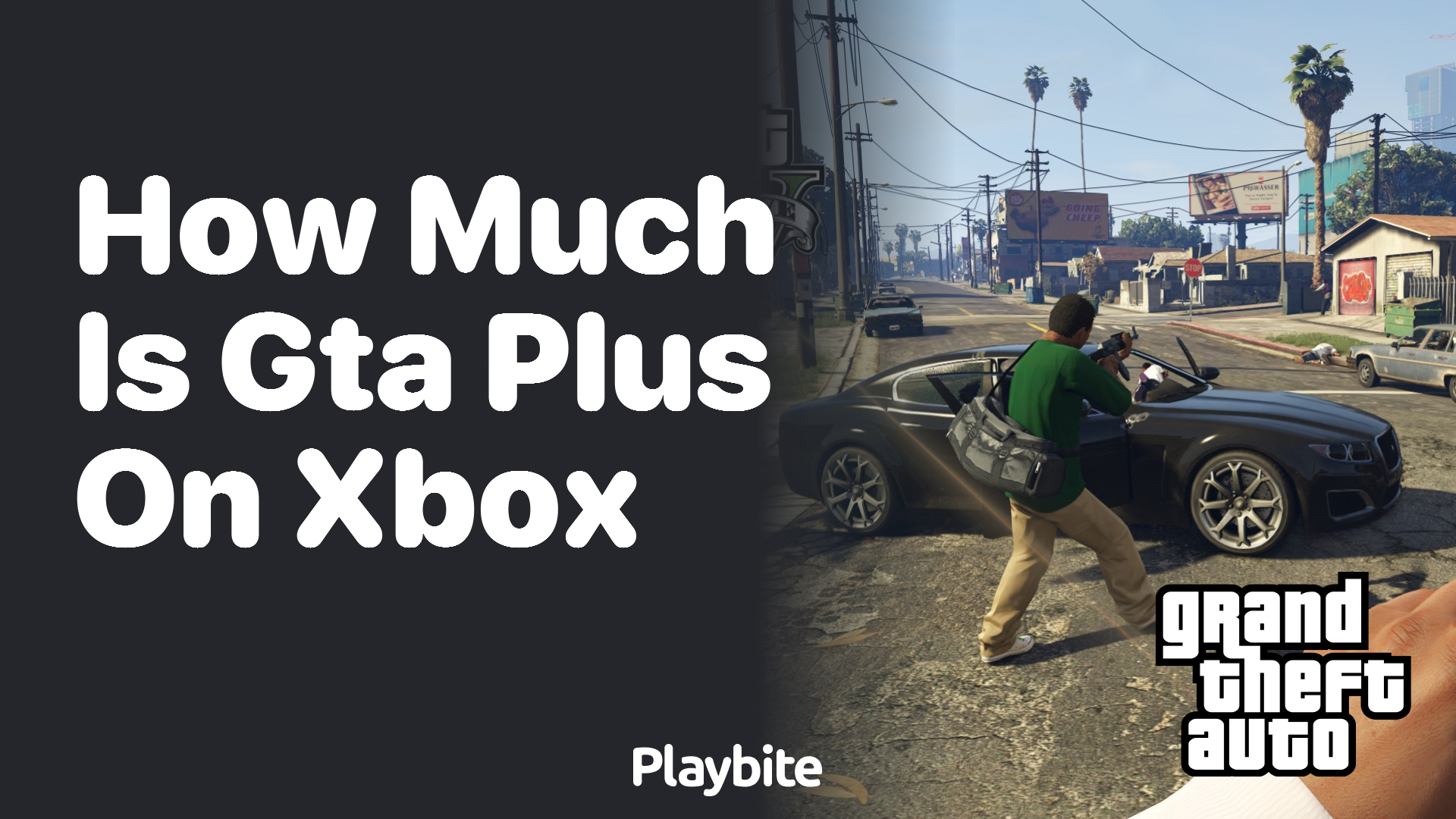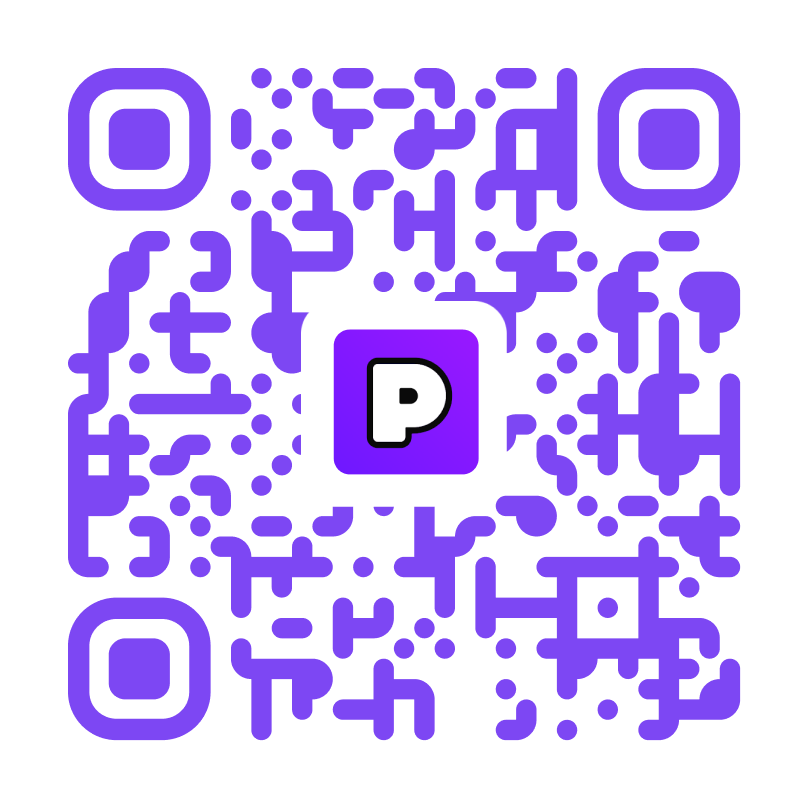How to Tell if a Pokemon Card is Proxy
Best answer
CardMasterX
First off, check the card feel; real Pokemon cards have a unique texture that's kinda hard to fake. Proxies often feel too smooth or too glossy. Next, look closely at the card's print quality. Authentic cards have sharp, clear images and text, while proxies might look blurry or pixelated. Also, the light test can be super telling - hold the card up to a light and if it's real, you'll see a uniform, blueish hue because of the special paper. Proxies? Not so much.
Best answer
CardMasterX
First off, check the card feel; real Pokemon cards have a unique texture that's kinda hard to fake. Proxies often feel too smooth or too glossy. Next, look closely at the card's print quality. Authentic cards have sharp, clear images and text, while proxies might look blurry or pixelated. Also, the light test can be super telling - hold the card up to a light and if it's real, you'll see a uniform, blueish hue because of the special paper. Proxies? Not so much.
All answers
BargainHunter
If it's unbelievably cheap, it's probably a proxy. Remember, if it sounds too good to be true, it probably is.
VeteranCollector
Been collecting for years, and a surefire method is the bend test. Real Pokemon cards bounce back due to their unique material; proxies crease or stay bent. Just be gentle if you're testing rare cards!
ColorCritic
Real talk: most proxies can be spotted by just looking at the color. They're often off, too dark or too vibrant. Gotta have that eye for detail.
The brands referenced on this page are not sponsors of the rewards or otherwise affiliated with this company. The logos and other identifying marks attached are trademarks of and owned by each represented company and/or its affiliates. Please visit each company's website for additional terms and conditions.



















